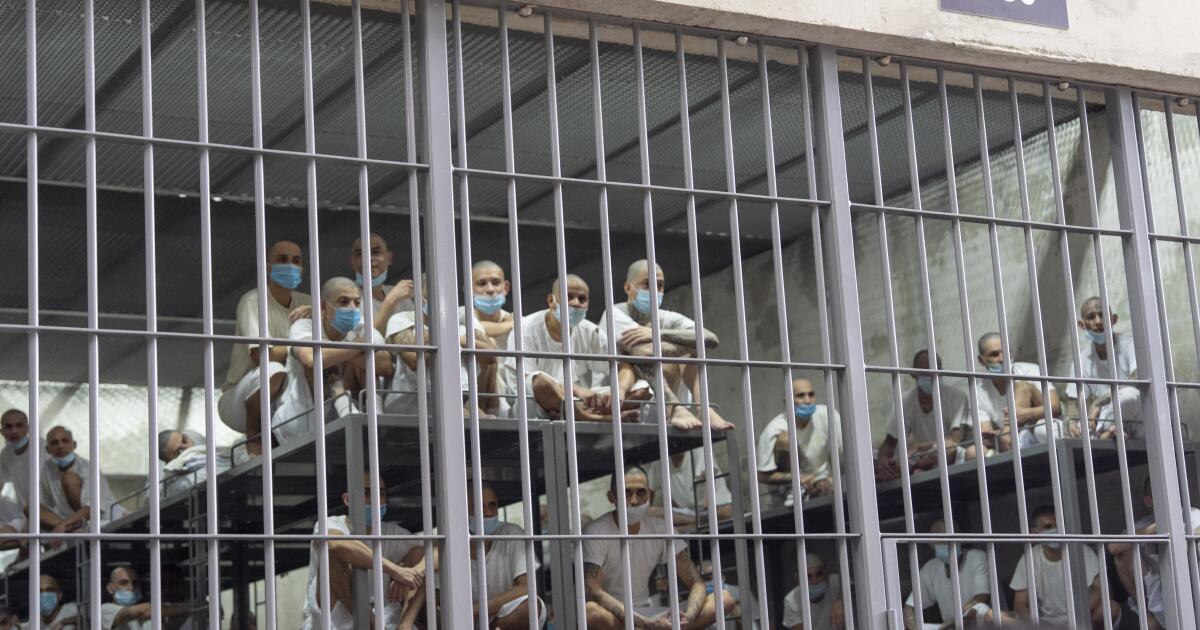Israel’s Gaza actions may breach EU-Israel human rights agreement: Report | Israel-Palestine conflict News
An EU diplomatic service audit report, seen by Reuters and AFP, looked at Israel’s actions in Gaza and occupied West Bank.
There are indications Israel may have breached its human rights obligations under the terms of a pact governing its ties with the European Union, a review of the agreement shows.
According to an EU document seen by the Reuters and AFP news agencies on Friday, the European External Action Service said that Israel’s actions in Gaza were likely not in line with rules laid out in the EU-Israel Association.
“On the basis of the assessments made by the independent international institutions … there are indications that Israel would be in breach of its human rights obligations,” the audit drafted by the EU’s diplomatic service read.
The report comes after months of deepening concern in European capitals about Israel’s operations in Gaza and the humanitarian situation in the enclave.
“Israel’s continued restrictions to the provision of food, medicines, medical equipment, and other vital supplies affect the entire population of Gaza present on the affected territory,” it said.
The document includes a section dedicated to the situation in Gaza – covering issues related to denial of humanitarian aid, attacks with a significant number of casualties, attacks on medical facilities, displacement and lack of accountability – as well as the situation in the occupied West Bank, including settler violence, Reuters reported.
The document said it relies on “facts verified by and assessments made by independent international institutions, and with a focus on most recent events in Gaza and the West Bank”.
The audit was launched last month in response to the deteriorating humanitarian situation in Gaza, in a push backed by 17 states and spearheaded by the Netherlands.
The EU’s top diplomat, Kaja Kallas, is expected to present the findings of the report to the bloc’s foreign ministers in Brussels on Monday.
EU-Israel agreement
Under the EU-Israel agreement, which came into effect in 2000, the two parties agreed that their relationship would be based on “respect for human rights and democratic principles”.
Suspending the agreement would require a unanimous decision from the bloc’s 27 members, something diplomats have said from the beginning was virtually impossible.
According to AFP, diplomats have said that they expect Kallas to propose options on a response to the report during the next foreign ministers’ meeting in July.
“The question is … how many member states would still be willing not to do anything and still keep on saying that it’s business as usual,” an unnamed diplomat told the news agency ahead of the review’s findings.
“It’s really important to not fall into the trap of Israel to look somewhere else,” they said.
The EU is Israel’s largest commercial partner, with 42.6 billion euros ($48.2bn) in goods traded in 2024. Trade in services reached 25.6 billion euros ($29.5bn) in 2023.
Israel’s mission to the EU did not immediately respond to a Reuters request for comment about the contents of the document.











